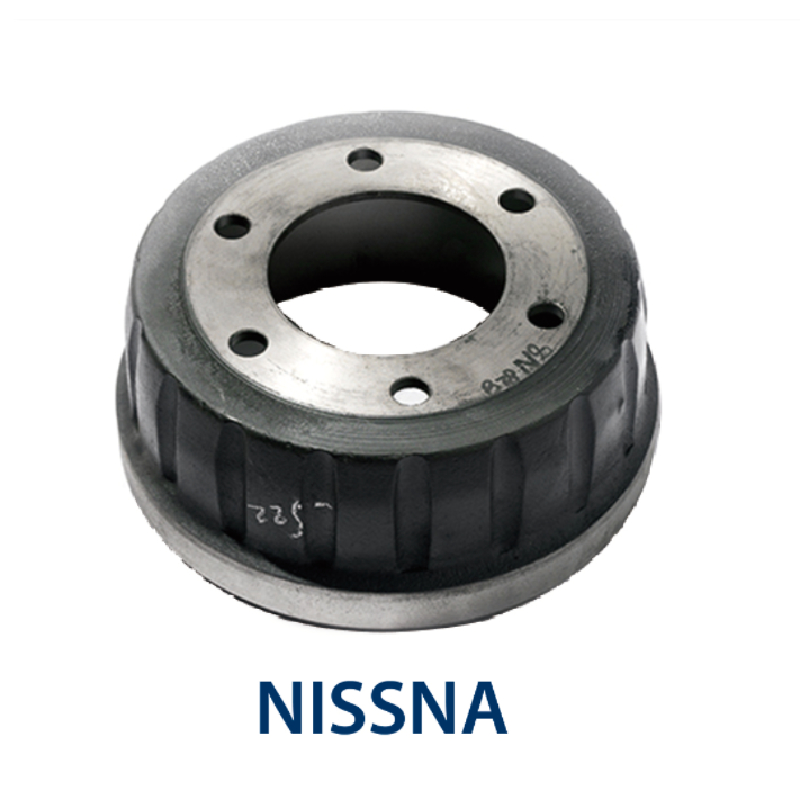Rgp . 07, 2024 06:35 Back to list
Understanding the Differences Between Brake Drums and Rotors for Optimal Vehicle Performance
Understanding Brake Drums and Rotors Key Components for Safe Driving
Brake systems are crucial for vehicle safety, and understanding their components can enhance your vehicle maintenance knowledge. Two primary elements of braking systems are brake drums and rotors, each serving essential functions and offering different benefits.
What are Brake Drums and Rotors?
Brake drums are found in drum brake systems, typically used in the rear of many vehicles, though some use them in the front. They consist of a circular metal component that rotates with the wheel and houses the brake shoes. When the brake pedal is pressed, hydraulic pressure forces the shoes against the inside of the drum, generating friction to slow down or stop the vehicle.
On the other hand, brake rotors are used in disc brake systems, prominently appearing on the front wheels of most modern vehicles, and often on the rear as well. A rotor is a flat, circular disc that spins with the wheel. When brakes are applied, calipers squeeze the brake pads against the rotor, creating friction to achieve deceleration.
Differences Between Brake Drums and Rotors
One of the most significant differences between drum and disc brakes is their design and cooling capabilities. Drum brakes can trap heat due to their enclosed structure, which can lead to brake fade, a temporary loss of braking power. Conversely, disc brakes provide better heat dissipation, reducing the chance of brake fade and ensuring consistent performance, especially during heavy braking situations.
brake drums and rotors

Moreover, the maintenance of these components varies. Brake drums can wear unevenly, and their internal components can corrode over time, leading to a more complicated maintenance process. Brake rotors typically offer easier access for inspections and replacements and tend to have a more straightforward wear pattern. Additionally, rotors can be resurfaced to extend their life, while drums often require replacement once worn.
Benefits and Drawbacks
Both brake drums and rotors have their advantages. Brake drums are generally less expensive to manufacture and install. They also offer good stopping power for lighter vehicles and are commonly used in combination with other brakes for added efficiency. However, they tend to be heavier, and their performance may deteriorate more quickly under high-stress conditions.
Disc brakes, while initially more expensive, provide superior performance, especially in emergency situations. Their responsiveness and reduced likelihood of fade make them the preferred choice for performance vehicles and those that frequently operate in stop-and-go traffic environments. They also tend to require less maintenance, provided the components are of good quality.
Conclusion
Understanding the roles of brake drums and rotors is vital for any vehicle owner. Both components play significant roles in the efficiency and safety of a vehicle's braking system. Whether your vehicle has drum brakes, disc brakes, or both, proper maintenance and timely replacements are key to ensuring safe driving experiences. Regular inspections can help detect wear before it becomes dangerous, allowing for timely repairs and replacements. In conclusion, whether it’s understanding the differences, benefits, or upkeep, being informed about brake systems is an essential aspect of vehicle ownership, contributing not just to personal safety but also to the safety of others on the road.
-
Brake Drum Man - High-Quality Drum Brake Drums & Brake Shoes for Reliable Performance
NewsJun.24,2025
-
High-Quality Brake Drum Kamaz – Durable Drum Brake Drum & Brake Shoe Replacement
NewsJun.10,2025
-
High-Quality Brake Drum Liza for Drum Brake Systems - Superior Durability and Performance
NewsJun.10,2025
-
High-Quality Brake Drum Kamaz – Durable Drum Brake Drum & Brake Shoe Solutions
NewsJun.10,2025
-
Durable Kamaz Brake Drums High-Performance Truck Parts
NewsJun.09,2025
-
Premium Brake Drum Maz Kit with Shoes Enhanced Braking
NewsJun.09,2025
